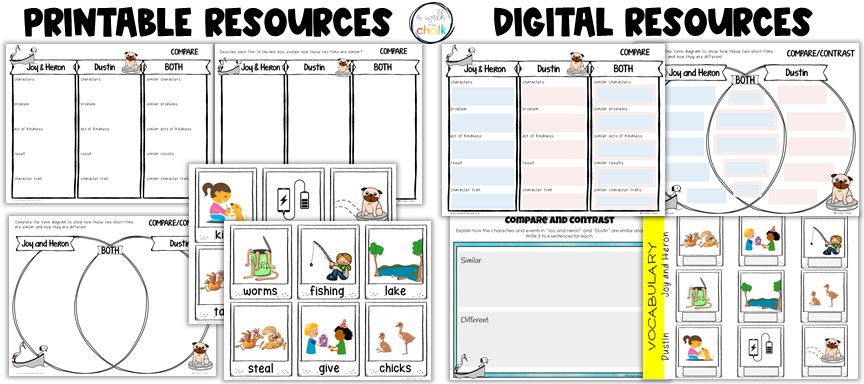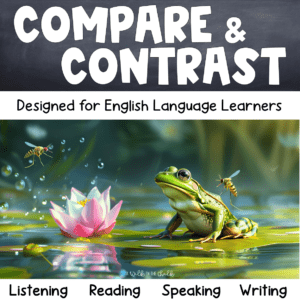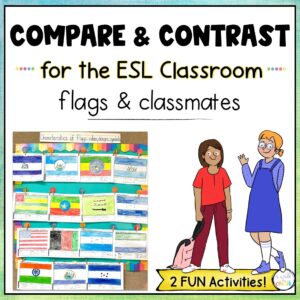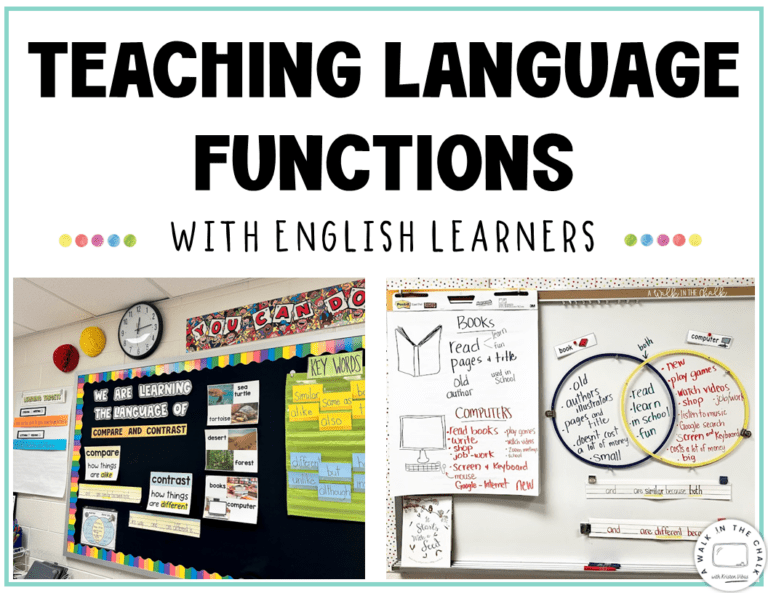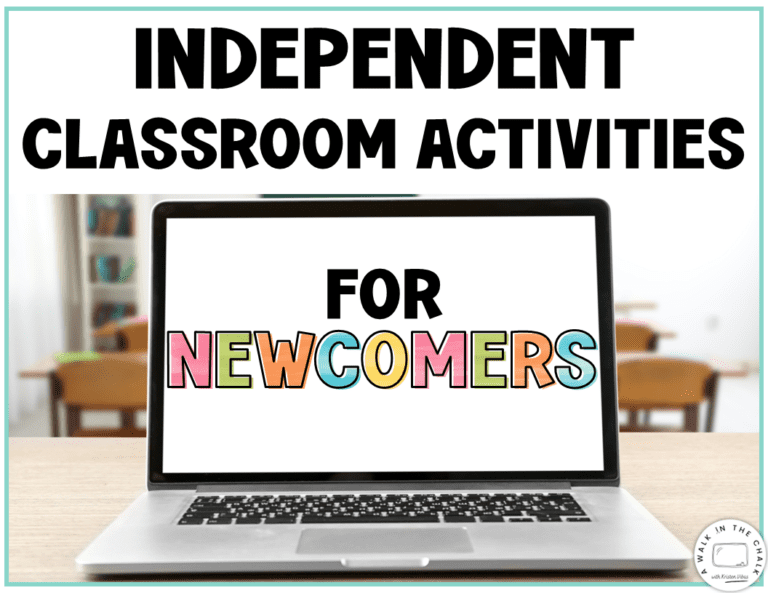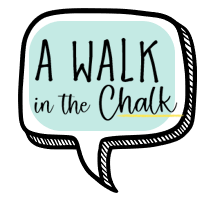Teaching compare and contrast with short films is a great way to engage, motivate and increase participation with even the most reluctant learners.
WHY
Short films are highly effective tools for teaching comprehension skills, especially with English language learners. Many short films are wordless, which enable students to grasp the concept being taught without initially relying on reading or listening skills.
When a concept or skill is first taught visually, as with this compare and contrast lesson, students can more readily apply their understanding, resulting in students participating in the language and literacy activities with increased confidence.
WHAT
One of my favorite lessons COMPARES the films “Joy and Heron” and “Dustin.”
These two films are very different, yet they have so much in common. I like to start with Joy and Heron, but it really doesn’t matter. After I show the first film, we discuss various aspects of the film (depending on my focus and my group of students). For my newcomers, or beginners, we do this whole lesson together and focus on the language of comparing.
For my students with higher language skills, we compare AND contrast. I might fill out the chart for the first film as a whole group activity, then have them fill out the chart for the second film on their own. This lesson is easily adaptable depending on the needs of students.
HOW
DAY 1: For my newcomers, after showing the first film, I ask questions about the characters, setting, problem, and depending… an act of kindness, the result of the kindness and the ending. I note their responses on a piece of chart paper or on the board. I prompt them, ask leading questions and provide specific vocabulary in order to help them elicit the necessary information for the chart.
DAY 2: We watch the second film, then fill in the chart with film 2’s information.
DAY 3: We review the information on the chart, then COMPARE how the two films are similar. For language support, I provide sentence frames and they also have the chart to reference.
This lesson is always a hit with students, and a favorite of mine. My students are engaged, in large part due to the use of these short films, and set up for success with the language supports. It’s a great way to teach comprehension skills AND build language skills.
For a blog post that lists more than 20 of my favorite short films for teaching comprehension skills, CLICK HERE!





